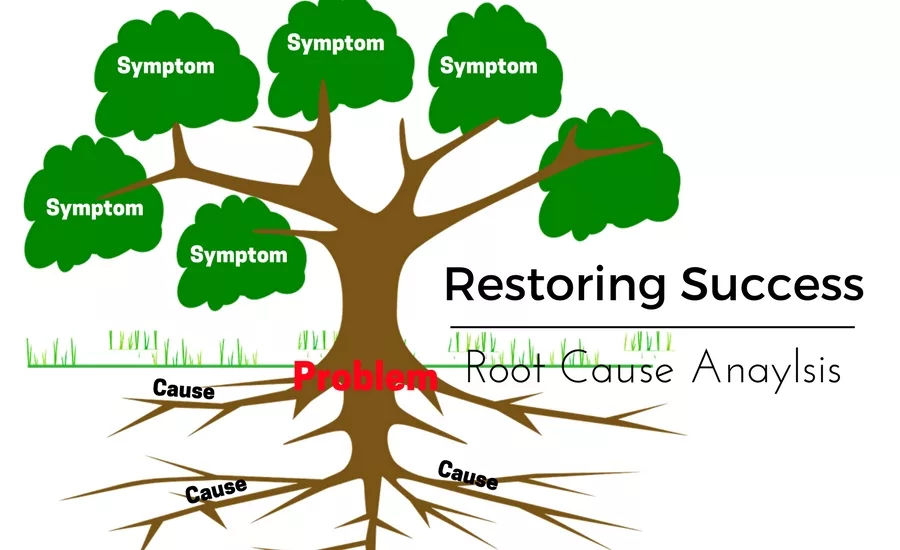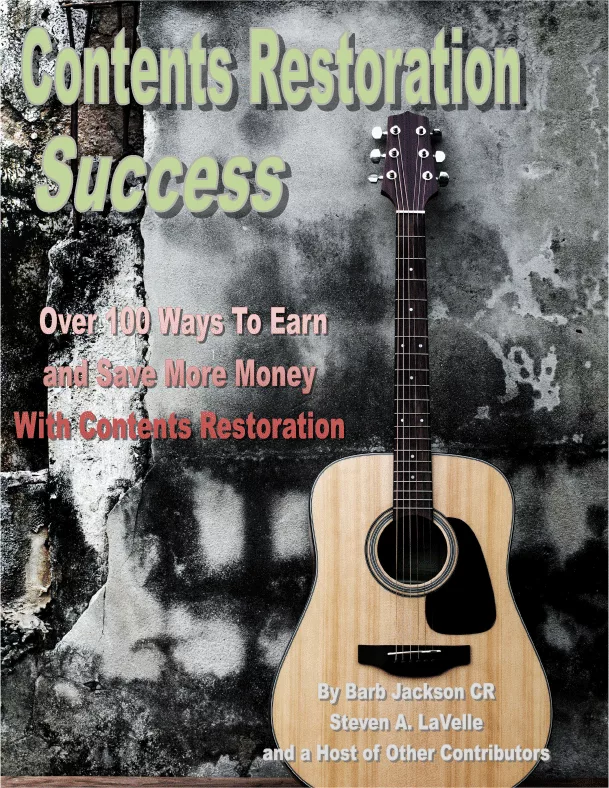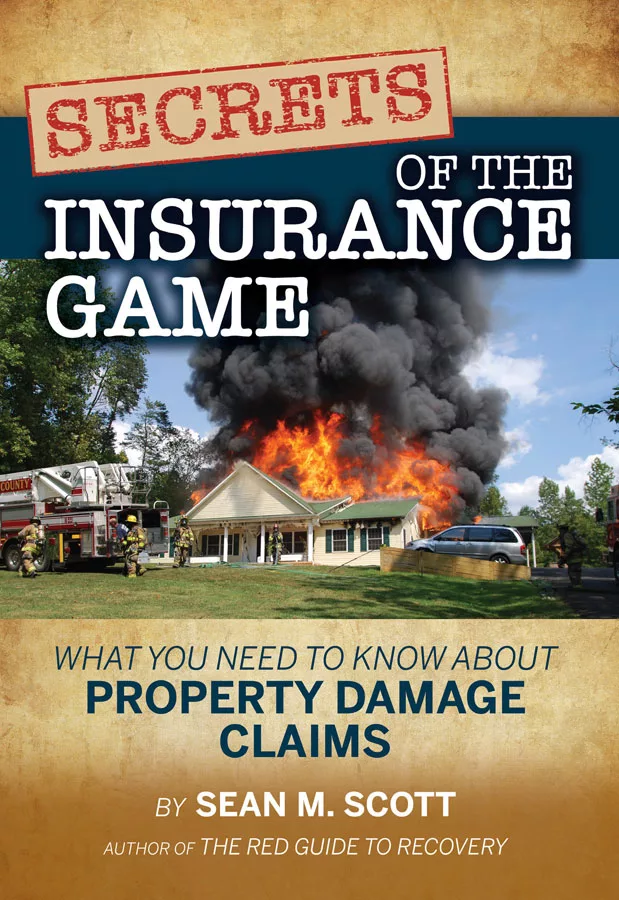Restoring Success: Getting to the ROOT of the Problem

Restoration companies have lots of moving parts. At any time, a problem can reveal itself in many different forms: an unsatisfied customer, an equipment failure, a loss of efficiency, or loss of money. These are just a few of the everyday problems you may encounter. Restoration professionals by our very nature are problem solvers; however, we can soar to a new level if we become root cause problem solvers.
Problems are opportunities to improve when approached in a deliberate manner, employing root cause analysis. For restoration companies, problems generally have two levels to fix:
- Fix the immediate issue. i.e. make the customer happy or get the equipment working.
- Solve the root cause(s) of the problem.
If we stop at only addressing the immediate issue, we are missing an opportunity of moving our organization forward in the name of continuous improvement. Even worse, you may wake up one day and feel you are in a vicious cycle of being a reactive problem solver. The everyday immediate issue we normally refer to as the problem is, in reality, only a symptom of the real problem, root causes. Being a proactive problem solver by looking at the root cause is much more rewarding and motivational; it is also a benefit to your organization and those you serve.
Root causes are simply the factors or events that led to the problem. By managing and eliminating the contributing factors you identify as root causes, you remove the problem. Sounds simple, right?
Like many things, solution-finding and problem-eliminating through root cause analysis should be part of your company’s culture and like many things it starts at the top. Finger pointing and excuses should be replaced with proactive and constructive problem solving as a team.
To get started, the following article and site provides some guidance to help you and your team on the road to improving:
Basic Elements of a Comprehensive Root Cause Analysis Investigation
Steps and 3 Tools that Organize and Improve Your Problem Solving Capability
By Mark Galley (http://rootcauseanalysis.info/Basic-Elements.aspx)
“The terms failure analysis, incident investigation, and root cause analysis are used by organizations when referring to their problem solving approach. Regardless of what it’s called there are three basic questions to every investigation:
- What’s the problem(s)?
- Why did it happen (the causes)?
- What specifically should be done to prevent it”
Imagine
Your extractor breaks down on the job site. You are standing there with no operational equipment. Maybe it is clogged or maybe it is a mechanical issue? You solve the immediate problem by getting it operational in the field or by getting a replacement unit to the site. The job gets done. Either way, there is a loss of efficiency and an unfavorable impression left with the customer.
Why did this happen? A variety of contributing factors may have caused what ended as the effect: non-operational equipment.
- Lack of equipment maintenance program.
- Lack of proper cleaning and filter maintenance after each use.
- The equipment was discovered to have an operational issue a week prior; however, was not tagged for repair. Lack of equipment repair tagging process.
Consider the big picture positive outcome if the potential and related contributing factors that caused the equipment failure were mitigated and/or removed. There would be a large scale and positive impact on your entire operation.
Next time a problem arises, challenge yourself to look at the root causes and start problem eliminating.
Looking for a reprint of this article?
From high-res PDFs to custom plaques, order your copy today!






